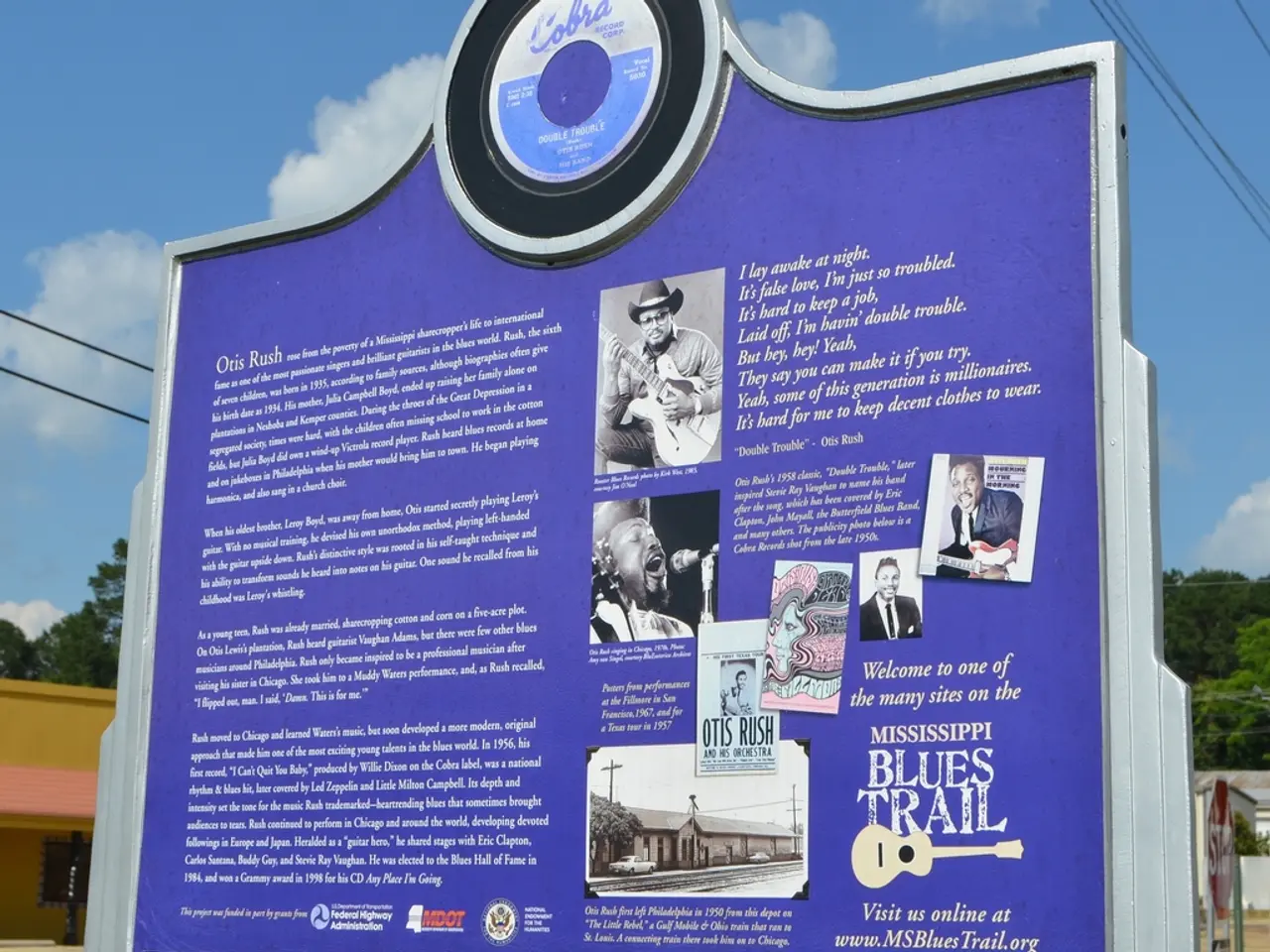Reevaluating Federal IT Efficiency Beyond Workforce Productivity
In today's high-stakes environment, the focus for government professionals should be on their core mission rather than repetitive, low-value tasks. This is where strategic collaboration between agencies, federal contractors, and technology providers comes into play, as they work together to modernize government operations through AI and process automation.
Modernizing government digital operations presents several significant challenges and corresponding potential solutions centered around enhancing efficiency and security.
### Current Challenges
1. **Infrastructure and Connectivity Gaps**: Despite progress in areas like 5G and edge computing, many government systems still suffer from lagging connectivity infrastructure. This creates vulnerabilities and dependencies on external providers, particularly for AI, cloud services, and semiconductor components critical to governmental digital services.
2. **Legacy Systems and Integration Difficulties**: Governments often operate on outdated legacy systems that are poorly compatible with modern AI and automation tools. Upgrading these systems without disrupting critical operations is a major challenge that requires careful planning and incremental modernization.
3. **Data Fragmentation and Governance Issues**: The fragmentation of data across agencies creates silos that inhibit the effective use of AI and automation. Data management and governance are often underfunded and uncoordinated, limiting the ability to unify strategies for data sharing, analytics, and decision-making.
4. **Security and Compliance Risks**: The distributed and complex nature of government networks elevates security risks. Governments must protect sensitive citizen information and critical infrastructure while maintaining compliance with stringent regulations.
5. **Cultural and Skills Adaptation**: Integrating AI and automation requires changing traditional workflows and training personnel to effectively use new technologies. Resistance to change and skill gaps can slow adoption and reduce the potential benefits of digital modernization.
### Potential Solutions
1. **Accelerated Investment in Connectivity and Sovereign Infrastructure**: Governments need to accelerate deployment of resilient, sovereign digital infrastructure such as national fibre networks, standalone 5G, satellite constellations, and domestic AI/cloud platforms to reduce external dependencies and improve security and efficiency.
2. **Agentic AI and Autonomous Intelligence Deployment**: Using advanced AI systems capable of autonomous decision-making can transform government operations by efficiently handling complex administrative tasks, thus reducing human error and speeding processes.
3. **Strategic Data Governance and Unified Platforms**: Establishing cohesive, funded data governance strategies that unify data silos across agencies is crucial. A human-centered approach to data management enables better analytics and decision-making, thereby maximizing the value of AI tools and ensuring smoother digital transformation.
4. **Phased Modernization and Integration of AI with Legacy Systems**: Implementing phased upgrades allows governments to modernize infrastructure and integrate AI/automation tools without disrupting vital operations.
5. **Robust, Layered Security Frameworks**: Tailoring security measures for the complexities of distributed government environments ensures protection of sensitive data and compliance with regulations, while maintaining operational agility.
In conclusion, modernizing government digital operations with AI and automation requires a holistic strategy encompassing infrastructure modernization, data governance, workforce readiness, and security enhancements. Addressing these multi-faceted challenges through coordinated investments and innovative technology adoption can significantly elevate efficiency and security in public sector services. However, it is essential to maintain oversight for potential biases, unintended consequences, and overreliance on AI-driven automation.
The federal workforce can be reimagined through strategic partnerships between agencies, federal contractors, and technology providers, focusing on modernizing government operations using AI and process automation as a means to tackle the workforce's core mission rather than repetitive, low-value tasks. In this modernized workforce, integration of technology will aid in overcoming infrastructure and connectivity gaps, legacy systems and integration difficulties, data fragmentation and governance issues, security and compliance risks, and cultural and skills adaptation within the federal workforce.




